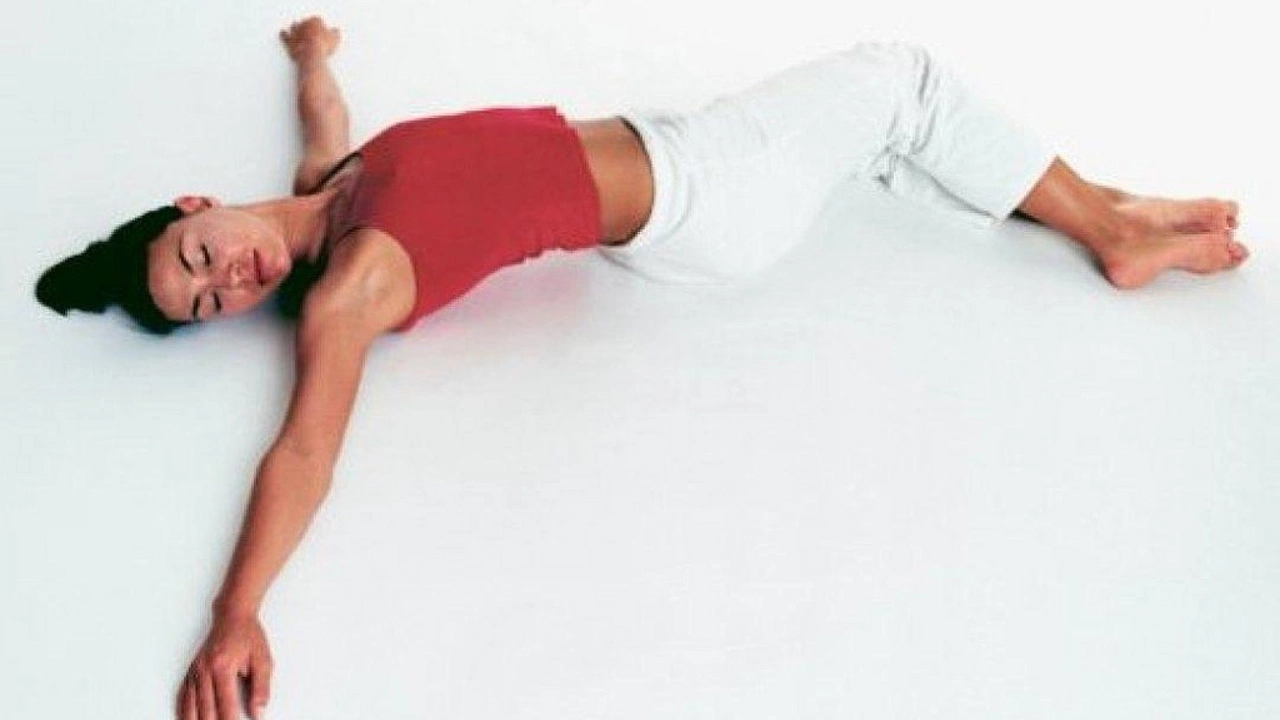Well folks, let me tell you, I've stumbled upon a real gem of a solution for those sleepless nights. Yoga and stretching, my friends, are the unexpected superheroes in the battle against insomnia. It's like they're donning their capes, striking a warrior pose, and saying, "Insomnia, your reign of terror ends here!" These techniques help us to relax both body and mind, ease tension and stress, and improve our overall sleep quality. So, next time you're up counting sheep, why not try some downward dogs instead? Because let's face it, anything that involves pajamas and doesn't require caffeine is a win in my book!
Yoga for Health: Simple Practices That Help
Want a low-cost way to feel less stressed, move more, and sleep better? Yoga is one of the easiest tools to add to your day. You don’t need fancy equipment or hours of time; a few mindful moves and breath checks can make real differences in pain, mood, and energy.
Start small. Five minutes of gentle stretching and breathing each morning helps loosen tight hips and calm the mind. Over time you can add poses that build strength, balance, or flexibility depending on your goals.
Quick 10‑Minute Routine
Try this short flow when you have limited time: 1) 1 minute of deep belly breaths while sitting. 2) 5 rounds of Cat–Cow to warm the spine. 3) 3 Sun Salutations at an easy pace (or seated arm circles if standing is hard). 4) Standing Warrior II for 30 seconds each side to build leg strength. 5) Forward fold for hamstrings and low back. Finish with 1–2 minutes of lying-down relaxed breathing. That’s it — body warmed, breath steadied, mind quieter.
If balance or joint pain is a problem, use a chair for support. For low back pain, avoid full forward folds and keep a soft bend in the knees. Modify poses so they feel like a gentle challenge, not a strain.
Safety When You Take Meds
Taking medication doesn’t mean you can’t practice yoga, but a few simple rules keep you safe. If your meds cause dizziness or drowsiness, skip fast or inverted poses and move more slowly. People on blood pressure drugs should avoid sudden standing-to-sitting changes—take an extra breath between transitions. If you take blood thinners, avoid aggressive twisting or deep long-hold balance poses that risk falls.
Timing can help. If a medication makes you sleepy, try your yoga a few hours after dosing or choose restorative poses that won’t leave you unsteady. Always tell your yoga teacher about major conditions or meds so they can offer safe options.
Yoga also pairs well with other parts of your health plan. Short breathing practices can lower stress hormones, which helps sleep and pain. Gentle movement supports circulation and digestion, useful if you take medications that slow gut motility. If you’re adding supplements like resveratrol or immune herbs, keep a note of how you feel on days you practice yoga versus days you don’t.
Want to make yoga a habit? Pick a specific time (after breakfast or before bed), set a tiny goal (5–10 minutes), and keep it consistent for two weeks. Track which poses help your specific complaint—hip pain, headaches, or tension—and repeat them regularly.
If you have a serious condition—cardiac disease, glaucoma, or recent surgery—check with your doctor before trying new poses. When in doubt, choose gentler options: chair yoga, restorative poses, and guided breathing work well and are low risk.
Yoga is practical: small steps add up. Try the short routine above, adjust for your meds and body, and watch for steady improvements in sleep, pain, and stress. If something feels off, stop and ask a clinician. That simple approach keeps yoga helpful and safe.

